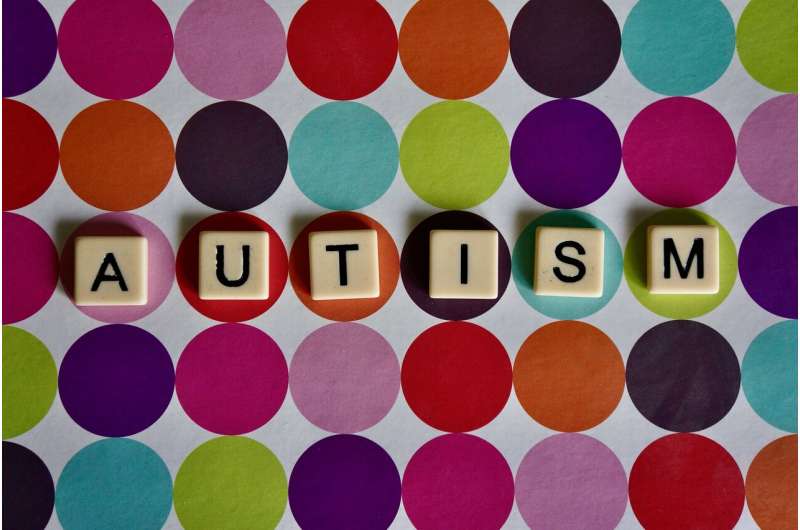RFK Jr. Questions Rising Autism Rates: Experts Caution About Oversimplified Explanations

Amid recent political discussions, experts highlight that broader diagnostic criteria and increased awareness largely explain rising autism rates, urging cautious interpretation and continued research.
This week, after the Trump administration announced measures addressing the so-called 'autism epidemic,' including new safety labels on acetaminophen products linking them to autism—despite limited scientific evidence—public discourse intensified. Health and Human Services Secretary Robert F. Kennedy Jr. emphasized a relentless pursuit of answers, notably examining vaccines, whose alleged link to autism has been widely discredited by the scientific community.
Kennedy has long believed that the rising diagnoses of autism among U.S. children point toward external influences such as drugs, chemicals, toxins, or vaccines. In April, he publicly stated that the increase in autism prevalence should not be dismissed as merely better recognition or diagnostic change.
Since the year 2000, autism rates in the U.S. have markedly increased—from one in 150 children aged 8 in 2000 to one in 31 in 2022, according to CDC data. However, experts argue that this rise does not necessarily indicate an actual increase in autism prevalence but is heavily influenced by broader diagnostic criteria and increased awareness. The definition of autism has expanded over the decades, and the way it is diagnosed and discussed has evolved significantly.
Historically, autism's first descriptions emerged during the 1930s and 1940s with Hans Asperger and Leo Kanner, who identified behaviors now recognized as core autism traits. The term itself was coined during that period, initially describing distinct groups of children exhibiting social withdrawal, communication challenges, and obsessive behaviors. Over time, the diagnostic criteria broadened, notably with the introduction of the DSM-III in 1980, which officially recognized autism as its own disorder.
Subsequent updates to the DSM further expanded the definition, incorporating additional behaviors and highlighting that autism can manifest at any age, not just early childhood. This broader scope has increased diagnosis rates and highlighted disparities in identification among different communities. Efforts such as early screening recommendations and revised diagnostic categories have improved detection, especially among children from underserved populations, including Black and Latino communities.
The severity and characteristics of autism also span a wide spectrum. Some individuals are highly functional, capable of holding professional jobs and communicating effectively, while others require extensive support or have limited or nonverbal communication skills. Recent data indicate that the majority of diagnoses involve less severe forms, with the proportion of profound autism cases remaining relatively unchanged.
Critics of the focus on rising autism diagnoses argue that much of the increase is attributable to wider diagnostic criteria and better identification, rather than an actual epidemic. Advocacy groups emphasize that recent political narratives tend to sensationalize the issue, sometimes ignoring the complexities of autism's diversity and the progress made in understanding it.
Ultimately, experts stress that Autism Spectrum Disorder is a complex condition influenced by numerous factors, and oversimplified blame, particularly on vaccines, is unsupported by evidence. Moving forward, the focus remains on accurate diagnosis, better support systems for those affected, and ongoing scientific research.
(Source: https://medicalxpress.com/news/2025-09-rfk-jr-autism-scientists-obvious.html)
Stay Updated with Mia's Feed
Get the latest health & wellness insights delivered straight to your inbox.
Related Articles
Brief and Concise Messaging Enhances Clinical Trial Recruitment Effectiveness
A recent study highlights that shorter, clearer recruitment messages significantly increase participant enrollment in clinical trials, emphasizing the importance of message design for successful trial recruitment.
Potential Impact of Federal Policy Changes on HIV Prevention and Care in the United States
Recent federal policy proposals threaten to undermine HIV prevention and care efforts in the U.S., risking increased infections and treatment disruptions amid funding uncertainties.
Innovative Approach Targets Non-Cancerous Cells to Combat Ovarian Cancer Resistance
Recent research reveals that targeting non-cancerous cells within ovarian tumors, specifically through NNMT inhibition, can overcome resistance and boost immunotherapy success. A promising new approach for treating ovarian cancer.
Uncovering Risks: Surgeys by Troubled Doctors Leading to Severe Pain and Injuries
An investigation uncovers the dangers of cosmetic surgeries performed by doctors with problematic histories, leading to severe pain, injuries, and disfigurement. Learn the risks and industry challenges today.



